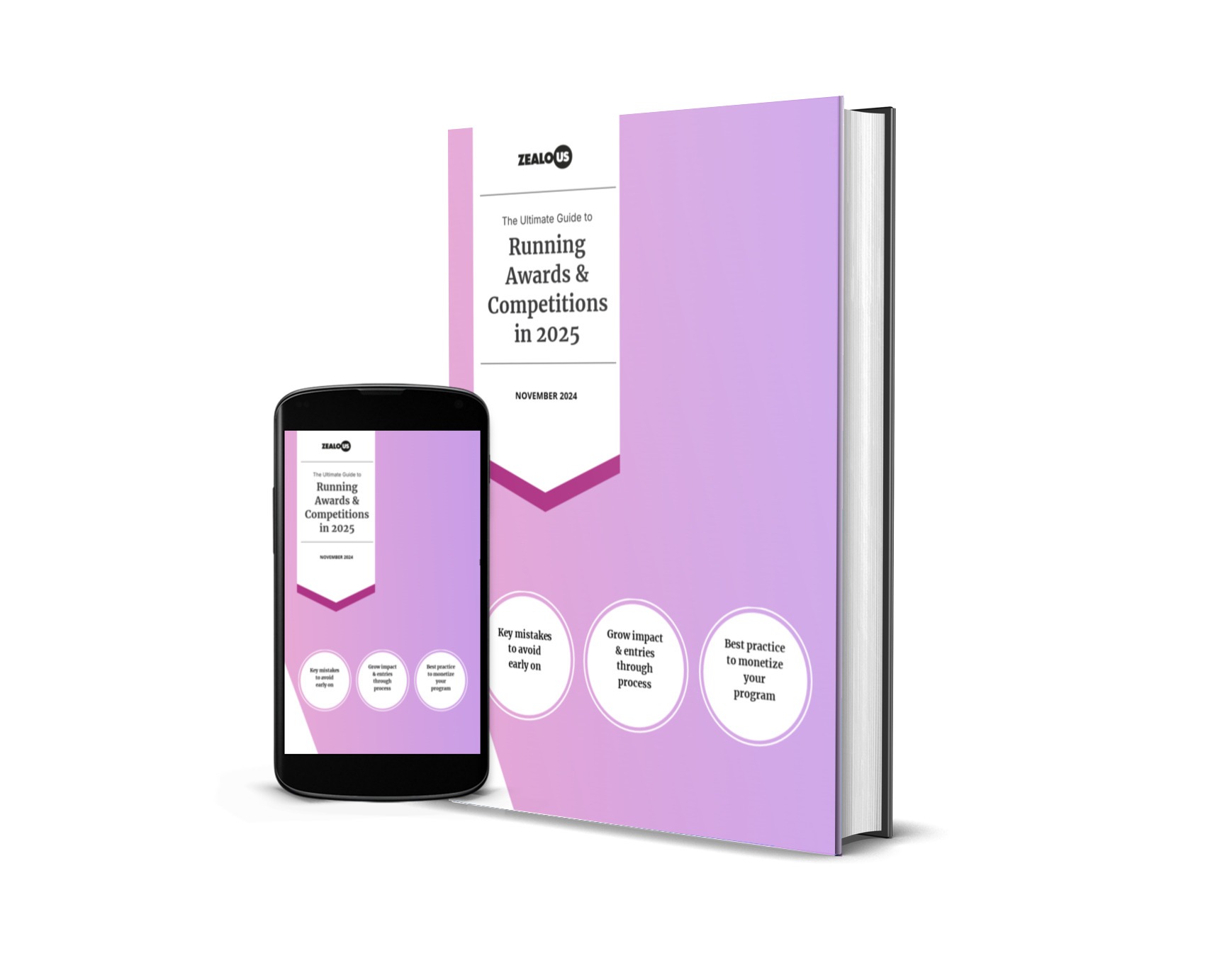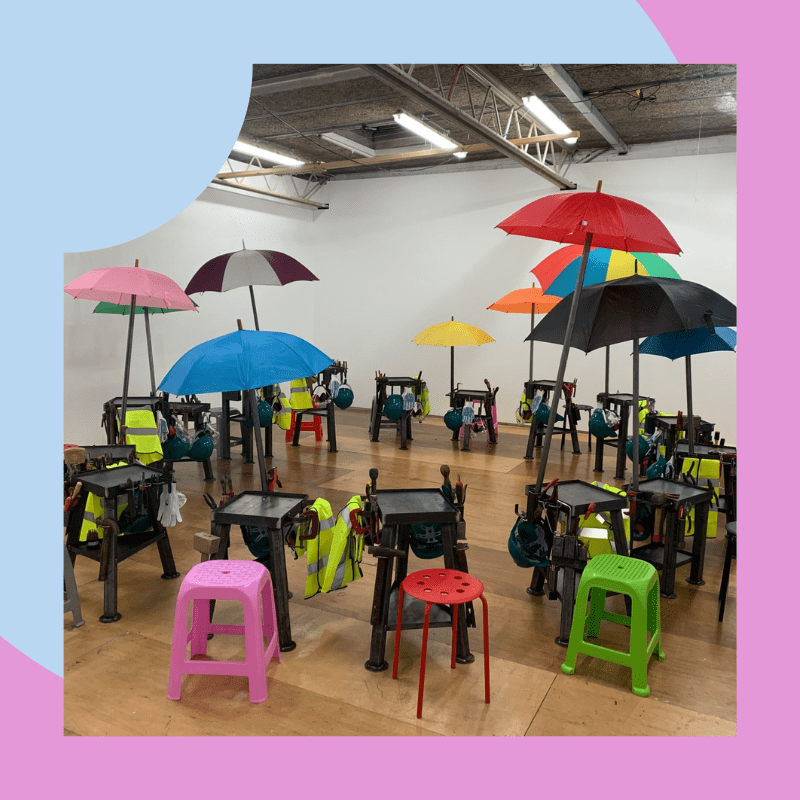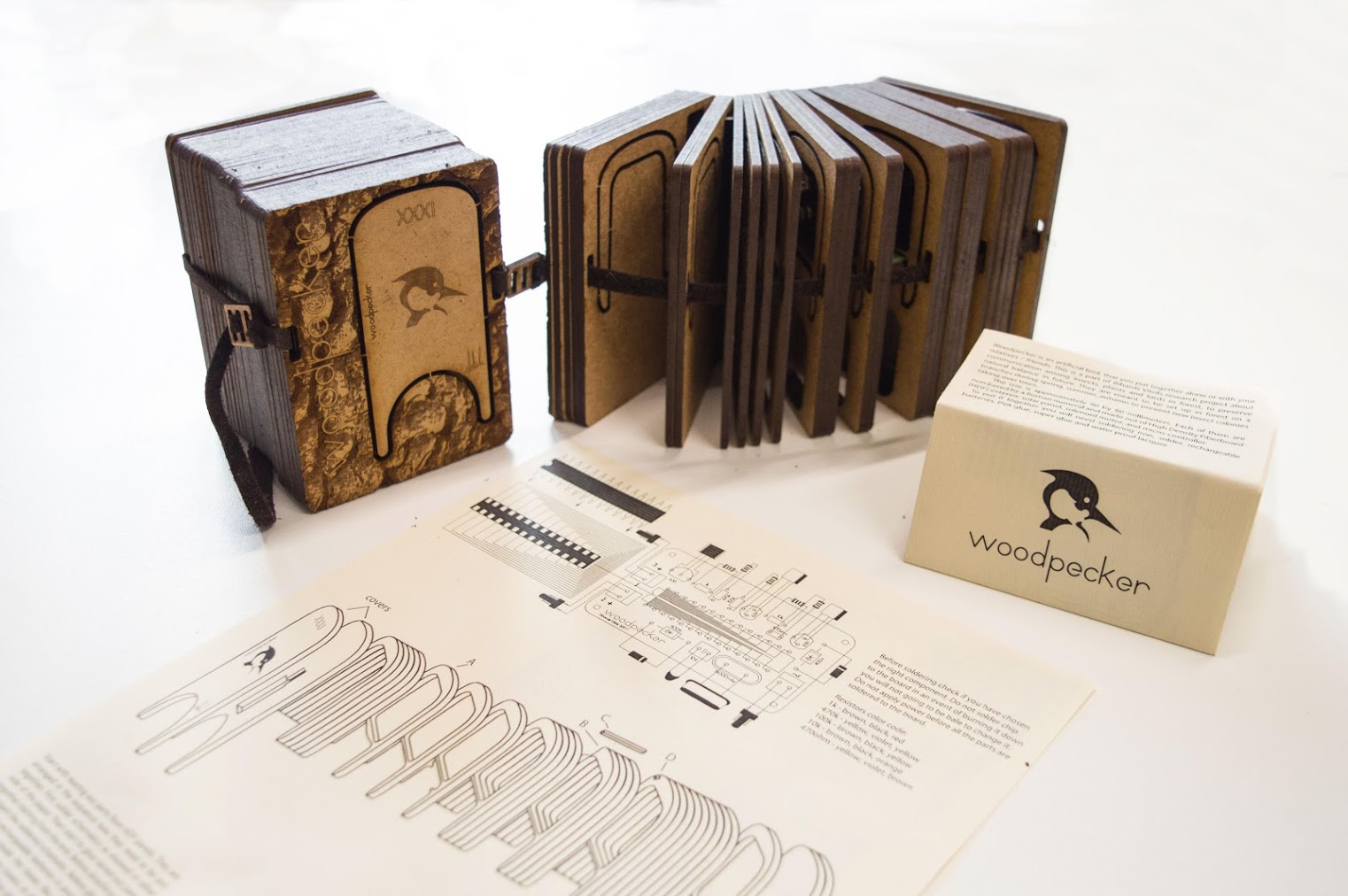
Congratulations on winning Zealous Stories Design! Your work, Woodpecker, explores the possibility of replacing the bird species with artificial ones. What encouraged you to design this device?
I am very interested in seeing how my devices will interact with the environment for which they are designed. This always pushes me to finish my work.
You see your role as a mediator between the environment and your work. Are your observations of these interactions key to your practice?
Yes. I can’t wait to put them in the environment to see what will happen; will wildlife interact with them? What will people do if they see them? Until now I have had only good experiences with it, although there were some sad moments where the weather destroyed some of my work. But then it is just part of the interaction.

What is the main goal for the Woodpecker? How do you believe it will be utilised in the future?
I created them to explore communication among trees, insects and birds with a goal to see if it is possible to replace a certain species in nature with artificial ones to maintain a natural balance. Part of my work includes a video, demonstrating how I imagine them to be set up in a forest. They still need to be maintained, so it is something that a person would set up and take down for maintenance.
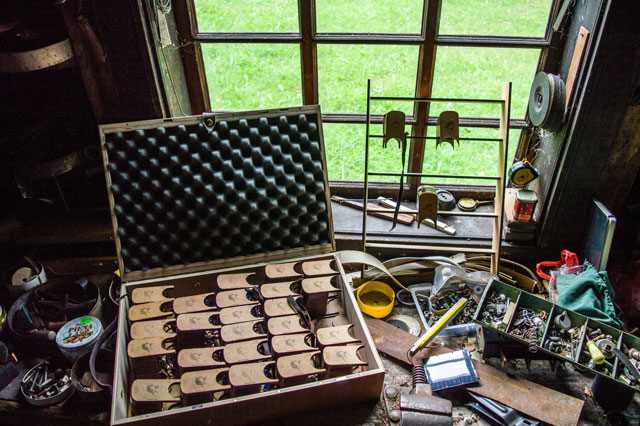
Could you tell us a little more about the process of creating Woodpecker?
I started by talking with an entomologist about how to collect data and how to address documentation in a forest during woodpecker time. Then, I started to design electronics and developed a code for it. By accomplishing that step I knew how big the body of my woodpecker would be.
I knew that I did not want them to look like a bird, so i went with something more simple. I started with a regular box and after making the first one and setting it outside, I was faced with all the issues. I worked on them and then repeated the process multiple times until I found a shape that would work in multiple different weather conditions. I used HDF for the body, solar panel to charge batteries and solenoid to hit a tree.
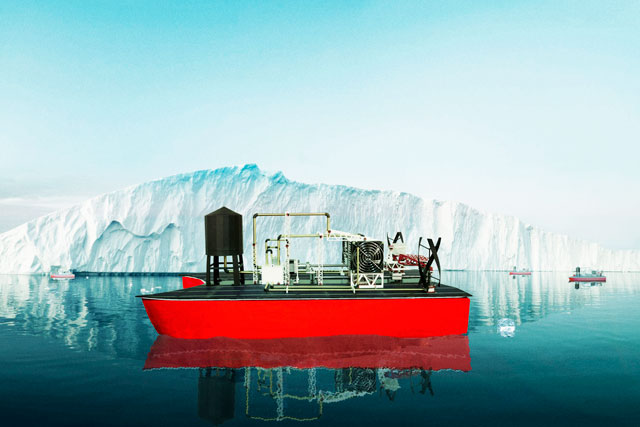
You have created several other designs including Anniu, a ship which will slow down ice sheet melting. Are all of your designs focused on tackling environmental issues?
It has been my interest for the past 7 years. Woodpecker and Anniu are two works that explore the possibility of extending the life of forests or ice sheet melting. My work CloudFarming explores the possibility of a new type of agriculture, one where people would have farms that could collect clean water from clouds. At the moment I am working on new work that investigates creating a new tree species that would replace existing ones using machine learning to adapt to new earth environment conditions.
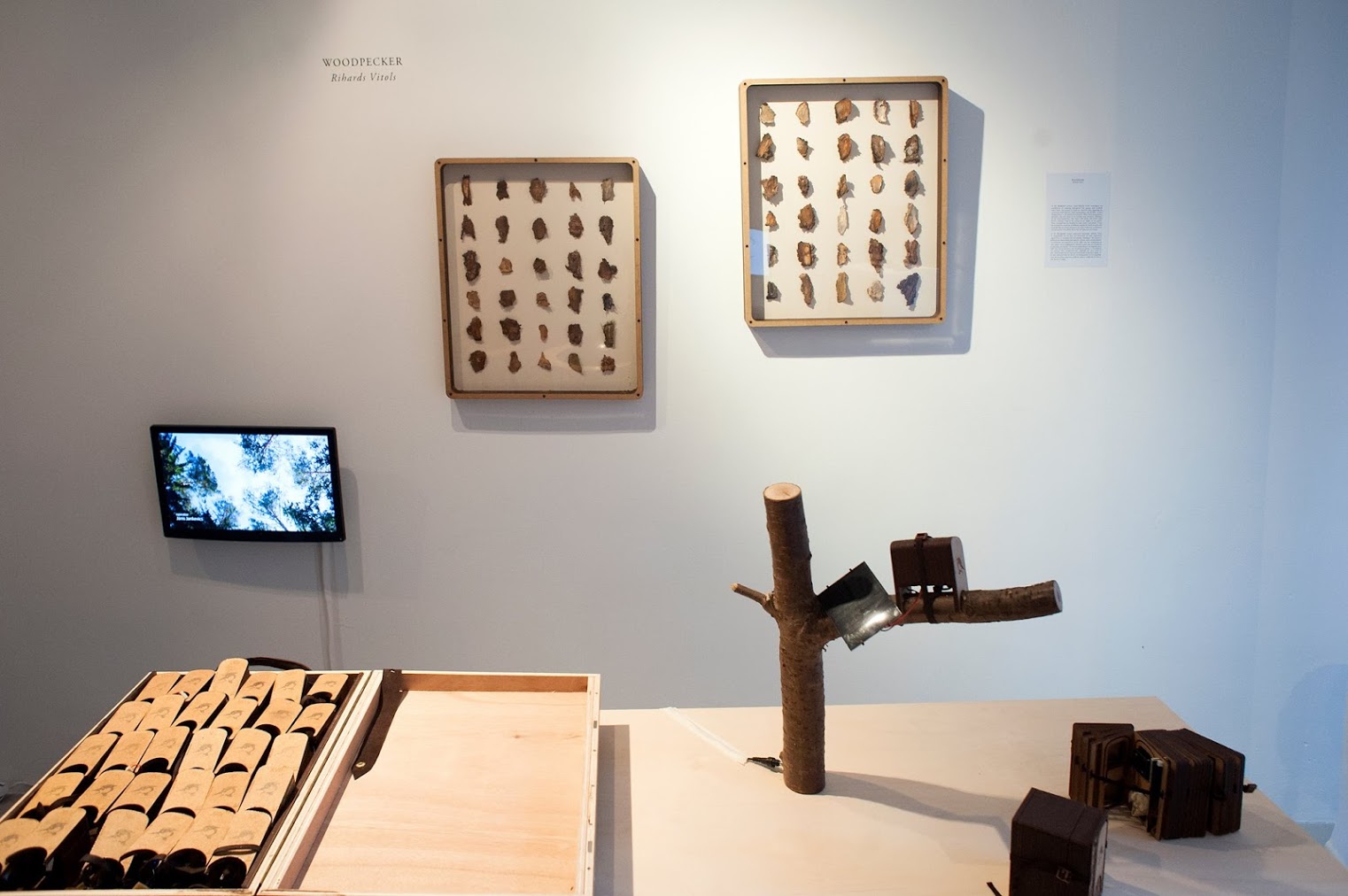
Woodpecker was manifested to maintain ecological balance; however it is also an artwork in its own right. Are the aesthetics of your designs as significant as their purpose?
Yes, the goal was to make it simple and practical and so when I made the kits, it was important for me to use a bark design to represent its purpose. With Anniu, I designed it to represent an actual ship, creating a more realistic experience. All my choices in design depend on the overall goal of a particular work. What emotions, feelings, experiences etc I want to bring to viewers.
What is a major challenge that you face as a designer and how do you overcome this?
Figuring out how to make things work. Most of the time at the beginning of a project I have no idea how I will execute it. I spend a lot of time talking to friends and people from different fields to figure out a way that would allow me to make what I have imagined. The only way to overcome this is to be patient.
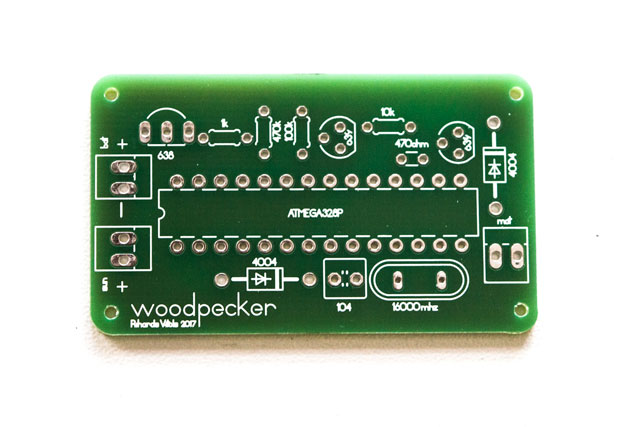
Rihards Vitols’ work, Woodpecker, was selected by industry guest judges from Takram and Creative Circle.
Link to video
Follow Rihards on Instagram
Let us know you want us to write more content like this with a love!
Share


